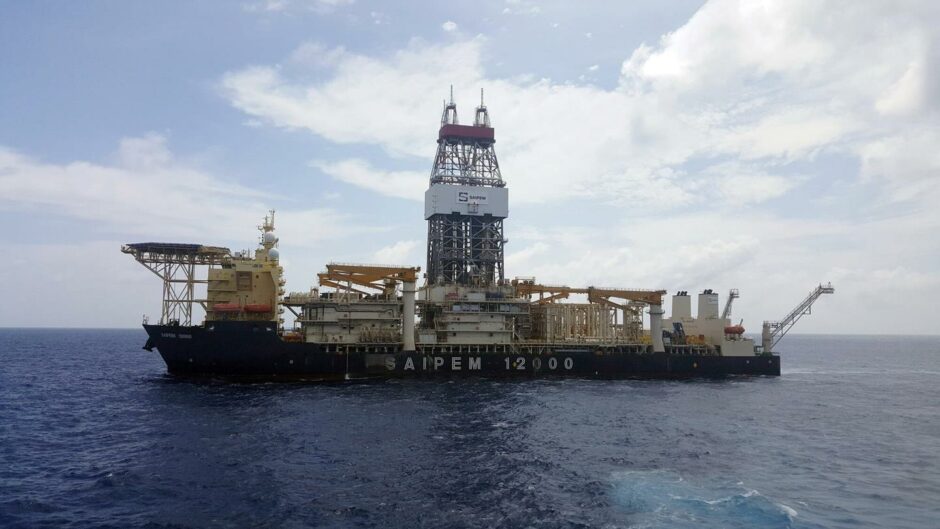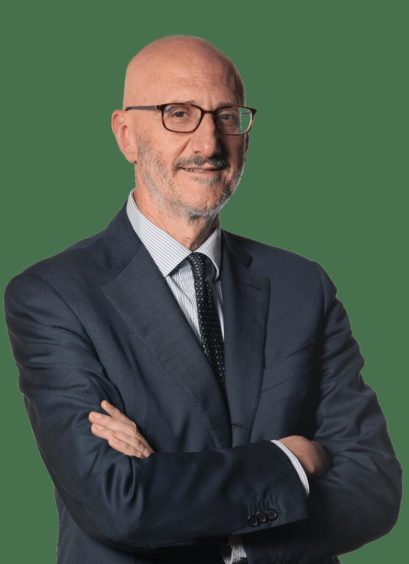
Saipem has set out a plan to raise a financing package as the company revises down margins associated with eight projects.
The company carried out a review of its projects and came to the conclusion that it must take a negative EBITDA charge of around 1bn euros ($1.1bn) this year. However, Saipem said it expected “double digit EBITDA margin” from 2024.
Saipem posted adjusted EBITDA of negative 1.19bn euros ($1.3bn) for 2021, down from a positive 614mn euros ($676mn) in 2020. The review was the major determinant in bringing down adjusted EBITDA, it said.
Saipem expects to launch a 2 billion euros ($2.2bn) financing package by the end of the year. Eni and state-backed Cassa Depositi e Prestiti (CDP) will provide 43% of this funding, in line with their shareholding in Saipem.
Banks, from Italy and abroad, will provide the remaining 57% though a pre-underwriting agreement.
Saipem has also signed up a short term liquidity plan. Eni and CDP will provide 645 million euros ($710mn) in the short term for future increase in the share capital, by the end of March. Banks will provide 855mn euros ($941mn).
Eni will also provide a guarantee for the banks’ 855mn euro facility. The plan is for export credit agency SACE to refinance this.
Free cash flow should turn positive by the end of 2023, COO Alessandro Puliti said on the conference call. Saipem will hold a meeting on the plan on May 17, aiming to secure the deal as soon as possible.
“Net debt is expected to steeply decrease from 1.5bn euros in 2021 to almost zero in 2025,” Puliti said.
Next steps
Saipem intends to focus on high-growth target markets. The company considers offshore E&C, particularly in the Middle East and Africa, offshore drilling and a “phased approach” to offshore wind as driving its future.
The plan does not include new contracts in Russia. Saipem said this country accounts for only a limited part of its existing backlog.
Saipem said its asset writedowns were focused in E&C offshore and onshore. The company has learnt some painful lessons in its offshore wind work. The company said of the impact on its adjusted EBITDA, around 580mn euros ($639mn) stemmed from offshore wind projects.
There is a “learning curve” on offshore wind, Saipem CEO Francesco Caio said. The company has not taken on any additional work in this area since October. “You must have a frank debate [on the risks] before you take the projects, not after,” Caio said.
“The risk is the drilling for foundation. You learn as you go. The cost of this doesn’t cover the risk of learning,” he continued. The company will return to wind but “with a different risk allocation”. It is a mistake to handle these projects as if they were oil and gas plans. “There’s a different client, different technology, different contract.”
COO Puliti stipulated that Saipem would not take any engineering, procurement, construction and installation (EPCI) contracts in offshore wind in 2022-23. During this period, the company will focus on lower risk activity, such as transportation and installation.
One area Saipem intends to execute is the onshore drilling segment. Saipem has an exclusivity agreement with a potential buyer, with the aim of reaching a deal before the end of May.
“The results should be pretty soon. This could be really positively concluded,” he said. The price paid is likely to be more than 500mn euros ($550mn) and should close in 2022.

 © Supplied by Saipem
© Supplied by Saipem